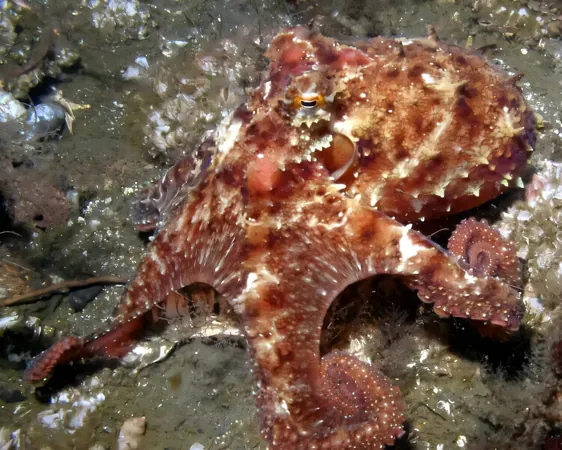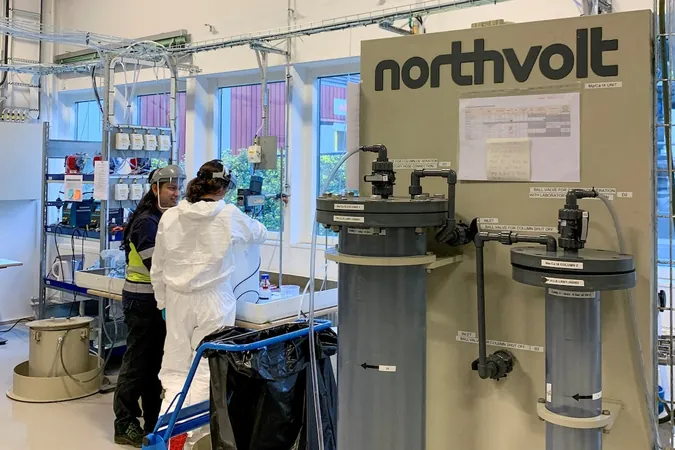
The Hidden Costs of Color: Ruby Octopuses Reveal Surprising Energy Demands of Camouflage
2024-11-19
Author: William
Introduction
In a groundbreaking study conducted by biologists at Walla Walla University in the United States, researchers have unveiled the significant energy costs associated with the remarkable color-changing abilities of ruby octopuses. The findings, published in the esteemed Proceedings of the National Academy of Sciences, shed light on how these fascinating creatures allocate energy when they adapt their appearance for survival.
Purpose of Color Change
Color change serves a myriad of purposes in the animal kingdom, including camouflage, communication, thermoregulation, and UV protection. While many species, from chameleons to octopuses, can alter their colors swiftly, others, like the snow hare or certain birds, do so at a more gradual pace. This versatility raises an intriguing question: does the speed of color change come with a metabolic cost?
Research Methodology
To explore this idea, researchers Sofie Sonner and Kirt Onthank captured several ruby octopuses—renowned for their vibrant hues—and rigorously tested their energy expenditure during color transformations. The team examined 17 individual octopuses, measuring their metabolic rates before, during, and after color changes.
Utilizing innovative methodologies, the study involved collecting skin samples and exposing them to pulsating blue light to observe the octopuses' chromatophores—specialized pigment cells responsible for color alteration. This technique allowed for a deeper understanding of how these cells expand and contract during color changes. In tandem with a custom-built respirometer designed to quantify oxygen consumption, the researchers obtained valuable data on the octopuses' energy use.
Research Findings
The results were startling: on average, a ruby octopus utilizes approximately 219 micromoles of oxygen per hour during a complete color change. This figure indicates that the energy expenditure for altering color rivals that of all other bodily functions while at rest. The findings suggest that the metabolic demands of color change can be so high that they may influence the behavioral patterns of these octopuses.
Behavioral Implications
According to the researchers, the substantial energy requirement for rapid color alteration may explain the octopus's tendency to conceal itself within their dens for extended periods. By staying hidden, these intelligent creatures can efficiently conserve energy and avoid engaging in the energetically costly process of camouflage, all while lying in wait for unsuspecting prey.
Conclusion
These revelations not only enhance our understanding of octopus biology, but they also open new avenues for exploring the evolutionary adaptations of other color-changing creatures. As science continues to delve deeper into the costs and benefits of camouflage, the ruby octopus stands out as a captivating subject for further investigation. Stay tuned for more surprising insights into the animal kingdom!









 Brasil (PT)
Brasil (PT)
 Canada (EN)
Canada (EN)
 Chile (ES)
Chile (ES)
 España (ES)
España (ES)
 France (FR)
France (FR)
 Hong Kong (EN)
Hong Kong (EN)
 Italia (IT)
Italia (IT)
 日本 (JA)
日本 (JA)
 Magyarország (HU)
Magyarország (HU)
 Norge (NO)
Norge (NO)
 Polska (PL)
Polska (PL)
 Schweiz (DE)
Schweiz (DE)
 Singapore (EN)
Singapore (EN)
 Sverige (SV)
Sverige (SV)
 Suomi (FI)
Suomi (FI)
 Türkiye (TR)
Türkiye (TR)